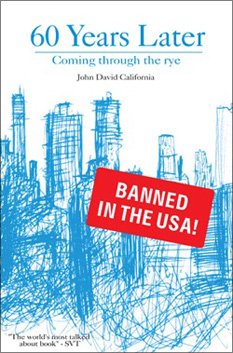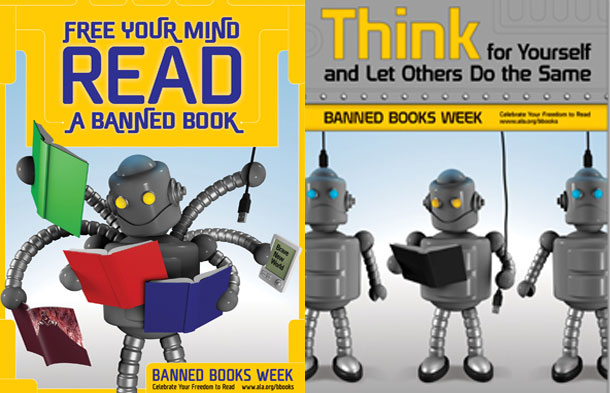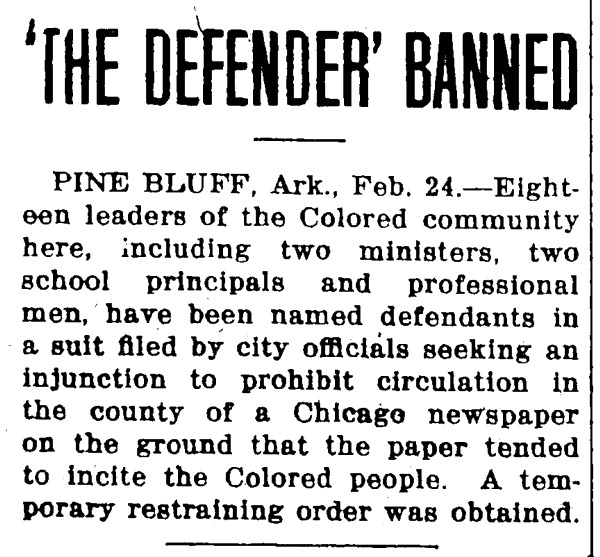I’ve spread myself a little thin. Which is not at all bad but it’s been an interesting few months to try to sort out what goes where. This blog has been going since April of 1999. Since that time I’ve gotten socially active in a number of other places, notably Twitter and Facebook. I usually use that for real-time keeping current, event notifications and back channel discussions with peers. This space has always been for longer-form link sharing and essays as well as a central repository of all of my talks, FAQ and other things. When I’m busy sometimes it’s just a linkdump and I had started a few tentative posts just titled TILT for Today in Librarian Tabs. Then I started thinking they might be better off as a newsletter and so TILT-Y Mail was born. Please feel free to subscribe if you like that sort of thing (by typing your email in the box). You can read past issues and see if it’s your cup of tea. Or if you’re the sort of person who uses the Medium platform, I have a version which is over there. I write one 500-750 word essay a week, on Fridays.
What this means, though, is that this blog space is unclear. It’s sort of for essays, sort of for personal announcements, sort of for events. I didn’t talk much about the Librarian of Congress swearing-in ceremony which was last week, even though that may be the biggest things that’s happened in librarianship in my professional career. Next week is Banned Books Week where I always write something up, our goofy flawed holiday.
And coming up there is some stuff going on in my professional life.
- I’m moderating a Meet the Authors panel at the Stowe Free Library next weekend
- We’re having our Passport to Vermont Libraries wrap-up celebration on October 1st in Northfield. For some reason I am concerned about this.
- I’m giving a talk at BU about disruption in the context of institutions like the library. For some reason I am not concerned about this.
- Keynoting the Southern Tier Library System conference on October 13th
- The Internet Archive’s October party where I’ll be repping for Open Library at the Library Leaders Forum. Say hi if you’re around.
I like having a newsletter. I like having a blog. I seem to have enough time to (mostly) maintain both but I do spend a lot more time cross-linking between my various streams than I used to. I think my next article for Computers in Libraries magazine will be about newsletters.


